September 27, 2017
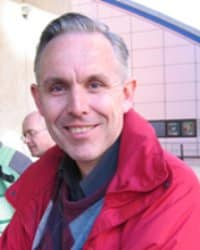
My appreciation of Luther and his colleagues was enhanced by a recent pilgrimage to historic sites where they lived and worked. I am very pleased now to be able to associate sights with my reading. All the other pilgrims in our group identified with the United Kingdom, quite a few from Scotland, and all of them either Anglican, Lutheran or Reformed. Some already had considerable knowledge of Luther. Others came on the pilgrimage to learn more about him in this anniversary year. And others came because the pilgrimage was offered by a leading UK Christian tour company, McCabe Tours.
We visited Mainz, Worms, Eisenach, Erfurt, Halle, Eisleben, Wittenberg, Leipzig, Regensburg and Augsburg. For geographical reasons, however, our Luther pilgrimage could not follow the life of Luther in order. Moreover, because of a succession of wars, such as the Thirty Years War (1618-48) and World War II (1939-45), and because of buildings having being renovated or replaced over time, there is relatively little to see outside Wittenburg that relates definitively to Luther.
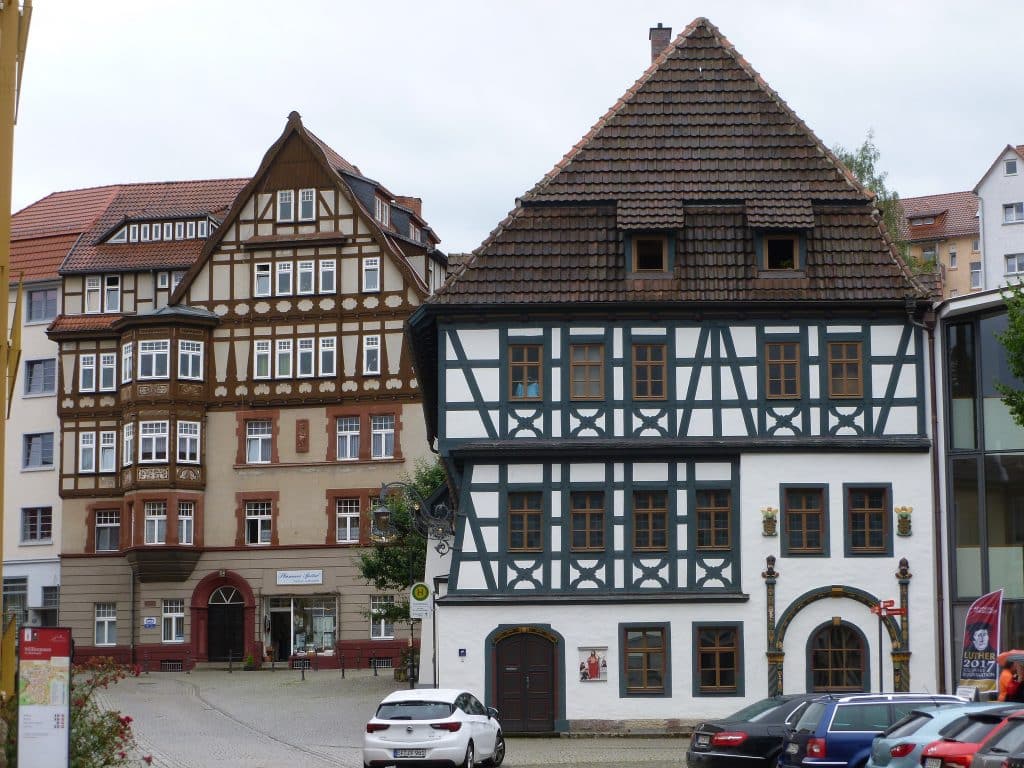
The sites most worth visiting in regard to Luther are Wartburg Castle, which towers above Eisenach, Erfurt, and especially Wittenberg. Eisleben, the town of Luther’s birth and death, also has a lovely church with a full-immersion baptismal font, and I very much enjoyed visiting Pope Benedict’s bailiwick of Regensburg. I shall say a little more here about Wartburg Castle, Erfurt, and Wittenberg.
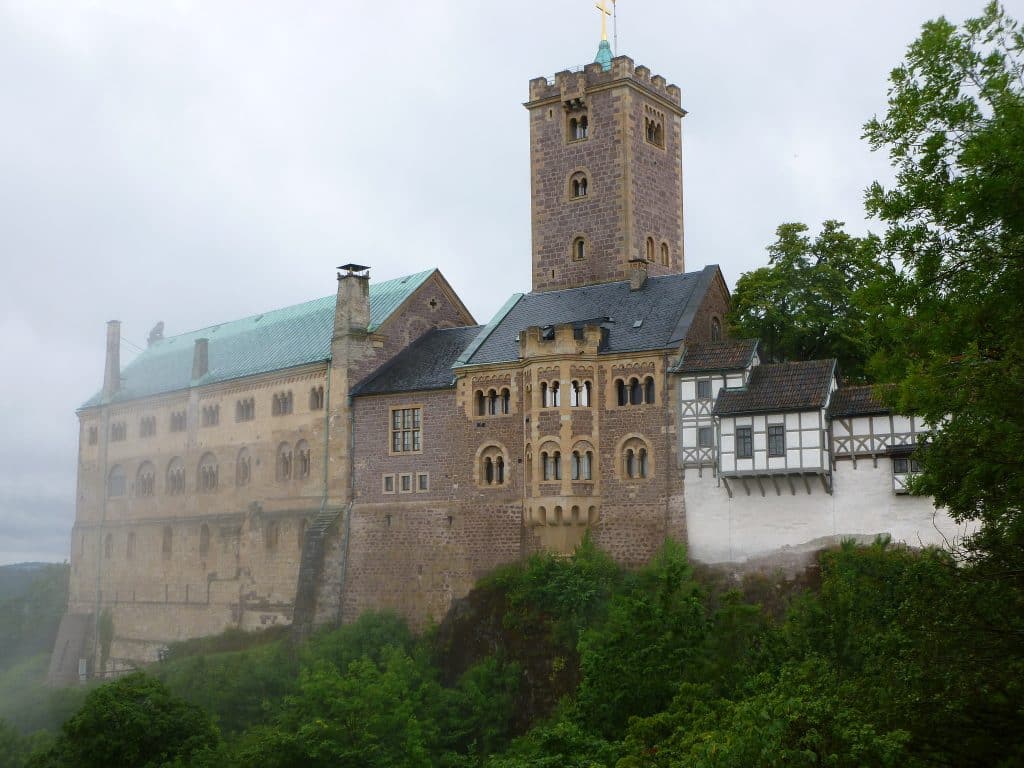
Luther translated the New Testament from Erasmus’ Greek version into German at Wartburg Castle within a period of ten weeks. He did it while on the run, disguised as Junger Jorg, after the Diet of Worms. It was a monumental achievement in which he developed much of the modern German language, bringing together a patchwork of dialects and, in short, producing a vernacular Bible that Germans could understand. There is now little to see at Wartburg that Luther would have seen, but it contains a deeply thought-provoking display on German history.
The display explained that Luther is central to German identity, with the Reformation seen as the single most important event in German history. Later, National Socialists used Luther’s noxious comments on Jews to support their genocide. Later still, the fall of the Berlin Wall was precipitated from St Nicolas’ Lutheran church in Leipzig, informed by Luther’s teachings. In Berlin, in 1989, when ordered to disperse by border guards, young East Germans chanted the line Luther probably never actually said but evidently meant at the Diet of Worms: “Here I stand. I can do no other.”
Luther needs to be seen in context. There were many attempts at reform of the Church at the time, some staying within the Church and others not. Local princes had an economic interest in supporting Luther as it meant that local money from payment for indulgences could be diverted to them, instead of going to Rome. Luther’s efforts at reforming the Church occurred at the same time as the Islamic siege of Vienna, so was a distraction rather than a central concern for the Holy Roman emperor. And Luther was far from alone in his efforts for reform. Melanchthon wrote the Augsburg Confession, negotiated with Eck, and corresponded with the Eastern Orthodox and the Reformed, generally being a peace-maker as best he could manage.
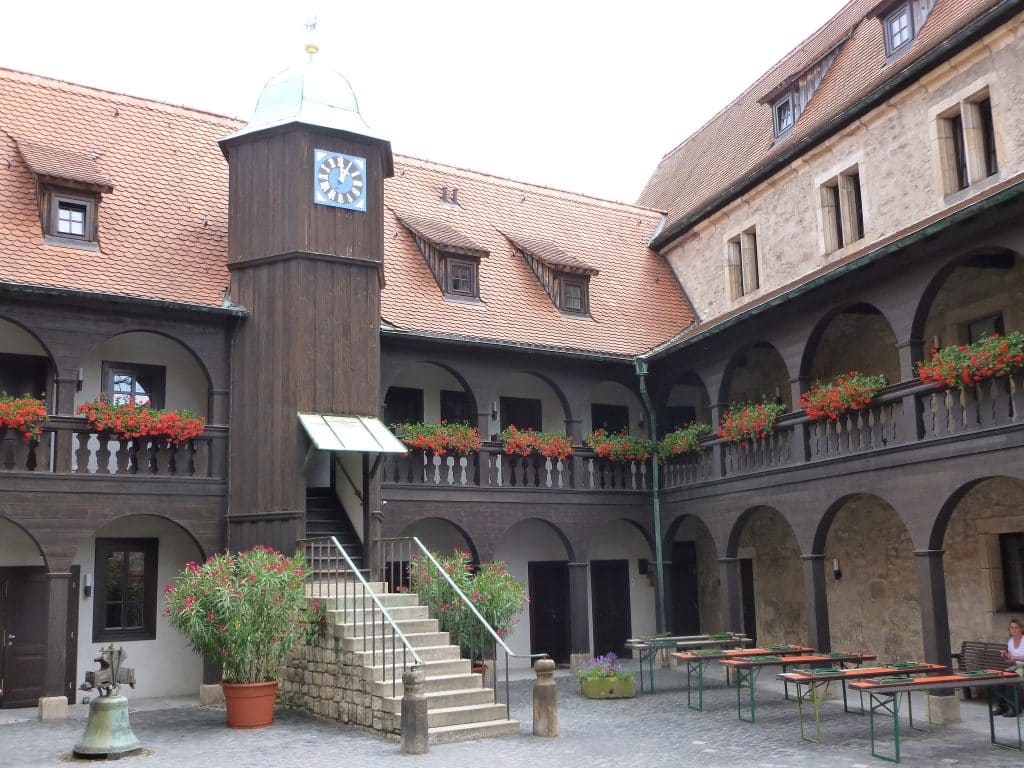
Erfurt is fun! It has been cleaned spectacularly since the collapse of communism. In Erfurt, after several days on pilgrimage, we finally saw something Luther would have seen: a few church tiles in the chapter house of what was the Augustinian monastery that Luther entered, followed by some stained glass in the church and a gravestone on which he prostrated himself to take his vows. Luther lived in a dormitory, part of which is now a library. Part of the monastery, but alas not the former dormitory, has been converted into a guesthouse. Apparently, tour groups are enthusiastic about it in advance, but the reality is less enchanting. As a monk, Luther evidently had a psychological condition of scruples, taking Confession several times a day, with the confessor unconvinced that he had committed sin at all.
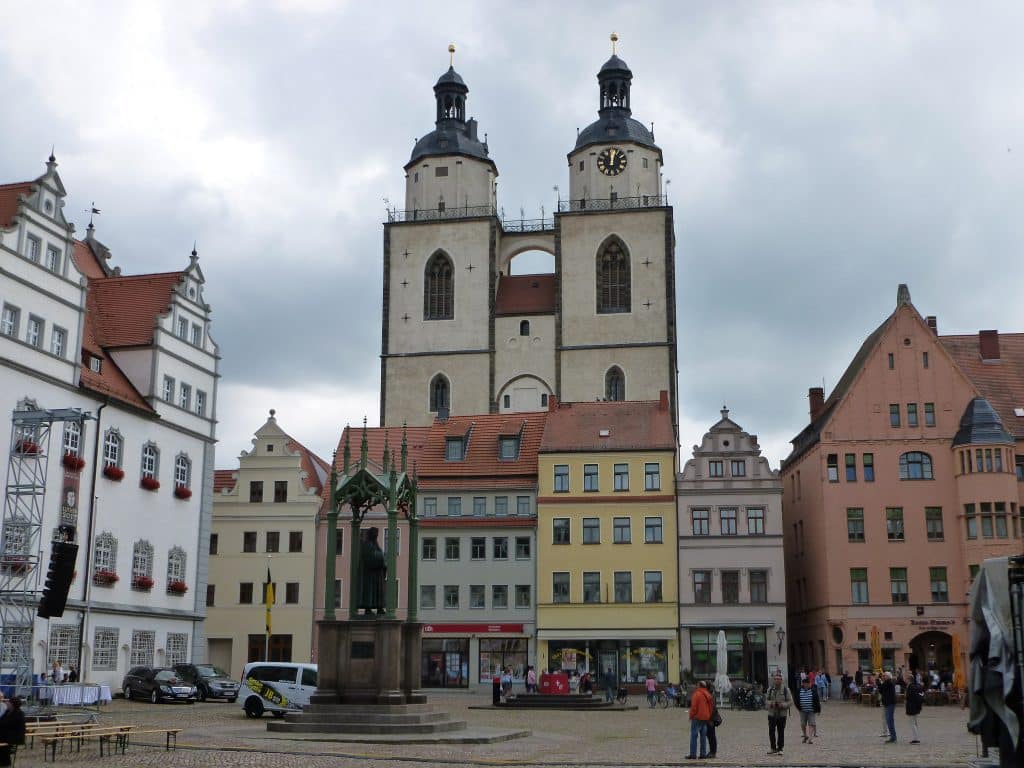
Wittenberg is unequivocally the key Luther site. One can see his house, where he first lived as an Augustinian monk and which later became his home. He hosted a vast number of students and other visitors here. One can see the room in which he hosted his table-talks, with students taking notes that they later sold, and one can duly see the table, which is remarkably small, and the small chair on which his wife sat.
One can also see a few churches in Wittenburg, one of which contains a magnificent altar-piece by Cranach and a particularly famous propaganda painting contrasting Lutherans with Roman Catholics. And of course, one can see the church whose door—now a modern memorial—hosted the 95 theses.
It seems unlikely that Luther personally attached his 95 theses to the door. The door was a town noticeboard, so a natural place in which to advertise the theses, and it would have been the job of a lowly clerk to post them there, more likely using wax rather than nails. Essentially, they attack payment for indulgences, something that all denominations regard as an abuse nowadays. So it makes for an ironic point to mark the anniversary of the Reformation.

Personally, I enjoyed visiting the Melanchthon House in Wittenburg. Melanchthon was the world’s first great ecumenist, a superb scholar and evidently a kind man, albeit an irritable one. He was keen to link “old” and “new” churches, but failed to succeed in doing that in the 16th century. We are all relieved to see it starting to happen now.
The tour came to a fitting end in Augsburg. The Augsburg Confession was presented there by Melanchthon in 1530; the Peace of Augsburg in 1555; and the Joint Declaration on Justification by Faith was signed at St Anna’s church there in 1999.
I was ecumenically heartened by the pilgrimage, considerably more so than I had expected, despite occasional easy anti-Catholic jokes and moments of superficial commentary by the local guide, who was overall impressively knowledgeable, especially about Luther and Lutheranism, and pleasant. I came to appreciate Philipp Melanchthon who could reasonably be called the first great ecumenist, and I became all the more convinced that the present Roman Catholic rules with regard to Eucharistic sharing should be relaxed.
Dr. John Power is an Australian Roman Catholic mathematician with a keen interest in ecumenism. He has worked in the United Kingdom for the past thirty years, currently living in Bath, England.
